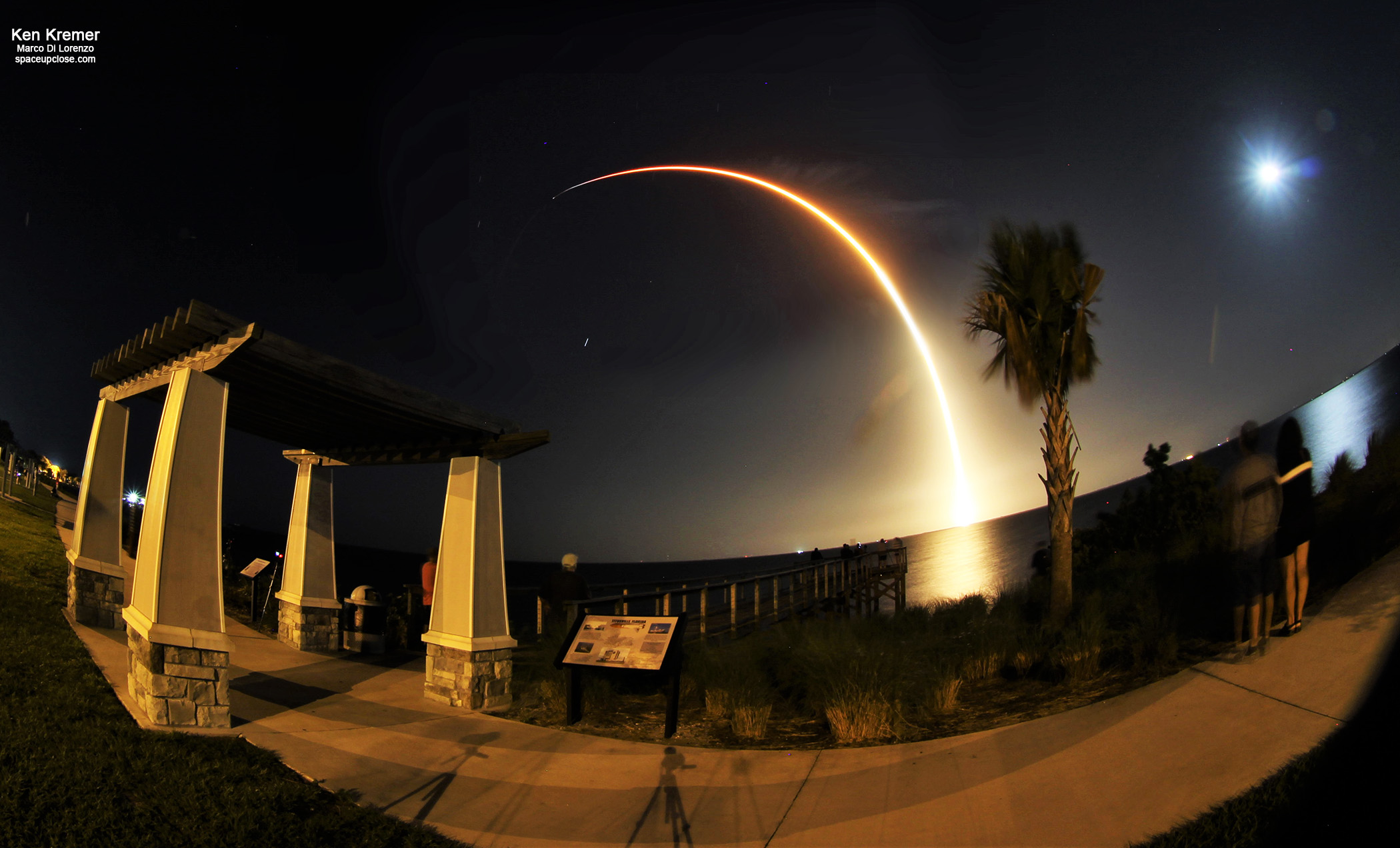
For SpaceUpClose.com & RocketSTEM
TITUSVILLE, FL – A seven time recycled SpaceX Falcon 9 rocket streaked to space just before midnight, Wednesday, April 28, for a thrilling nighttime delivery of the next batch of Starlink broadband internet satellites to orbit into nearly cloud free dark skies from Florida’s Spaceport.
Furthermore the veteran first stage once again successfully nailed the soft landing on an ocean going droneship.
The stunning nighttime launch took place with a rising moon to the south as seen in my streak shot above.
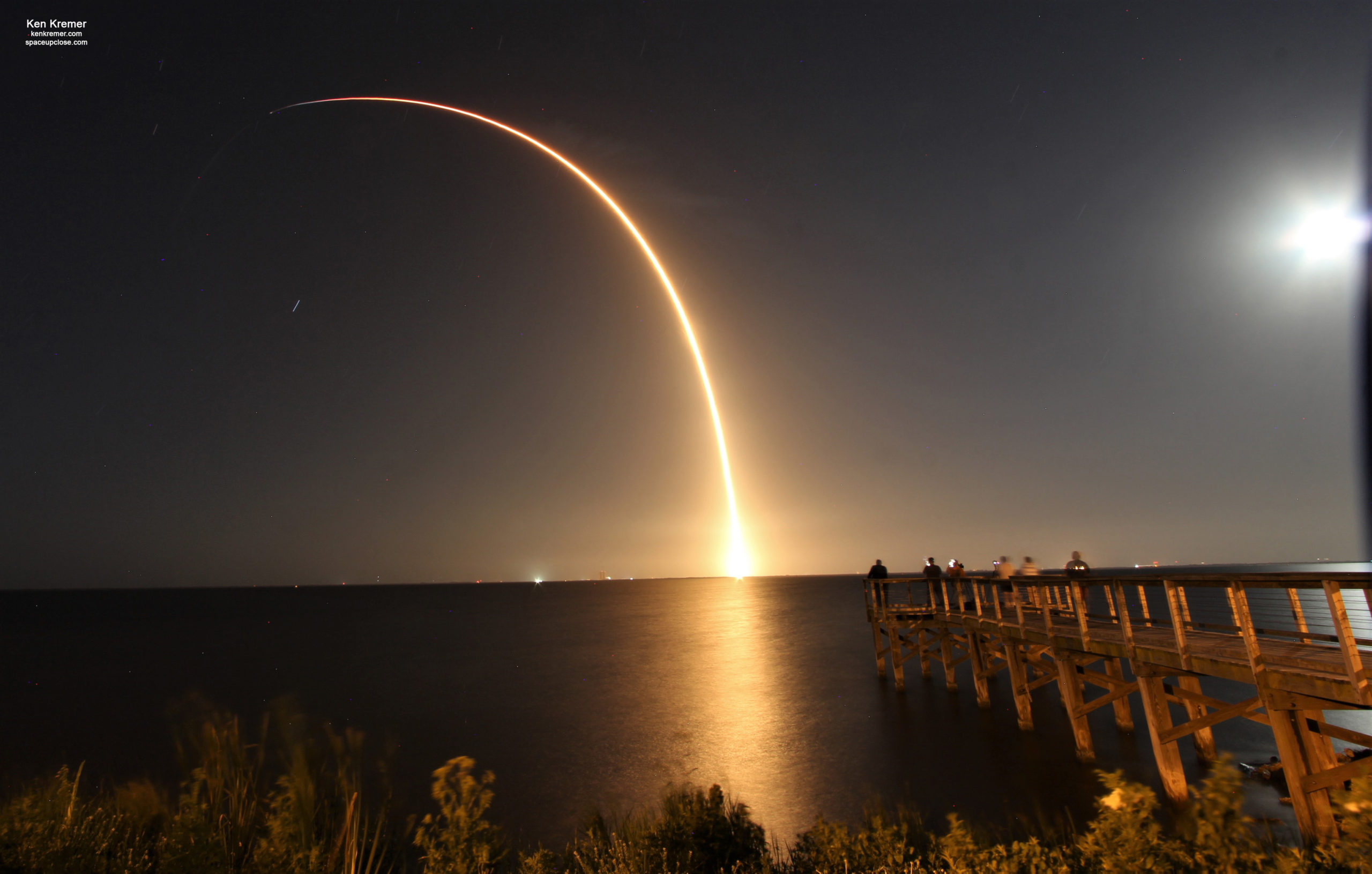
The Starlinks were deployed as planned to their initial orbit just about an hour later.
Thus the Starlink constellation now exceeds 1500 satellites launched!
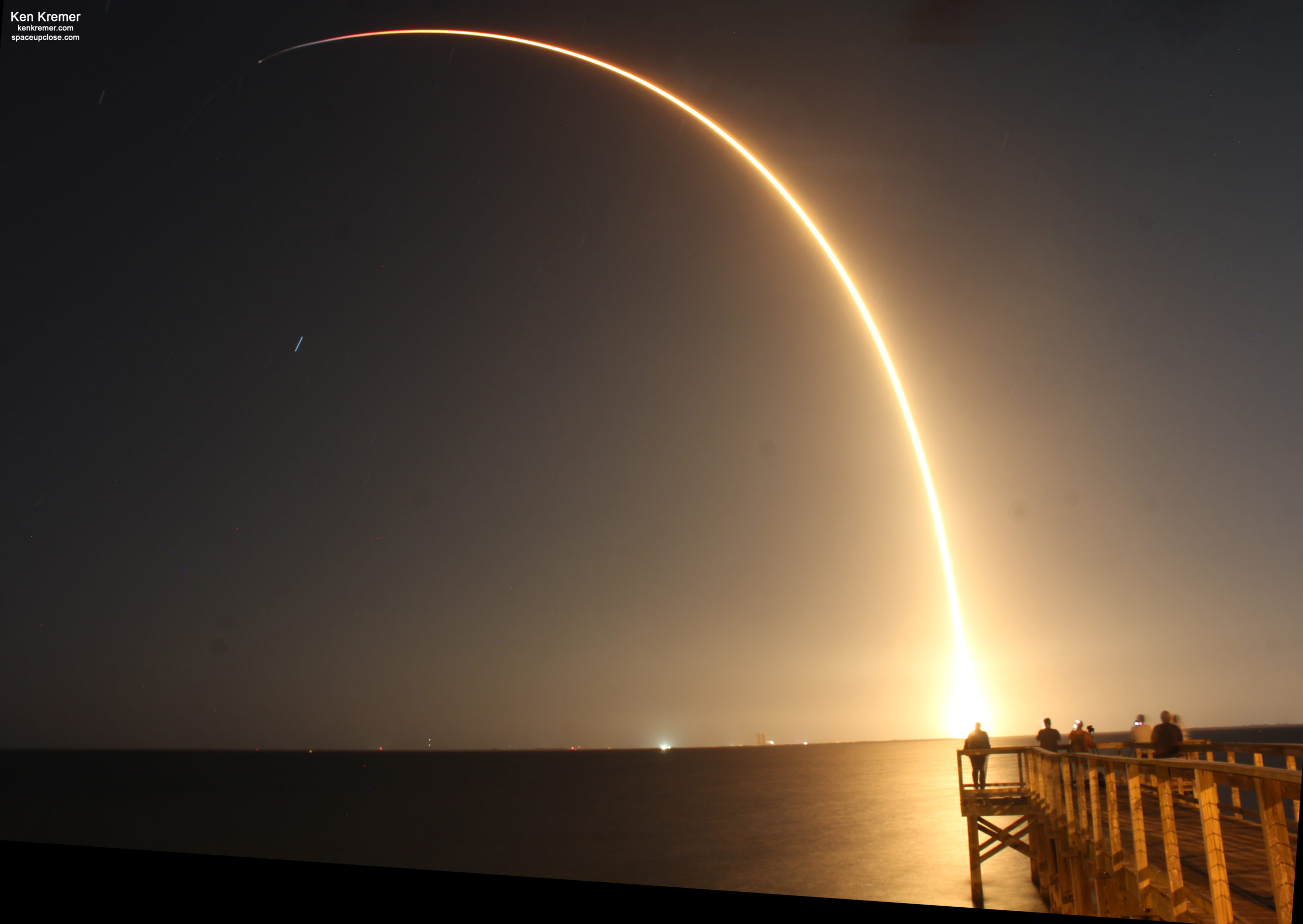
The flawless liftoff of the veteran SpaceX Falcon 9 into almost midnight skies took place right on time at 11:44 p.m. EDT Wednesday 28, or 0344 GMT Thursday, April 29 from Space Launch Complex 40 (SLC-40) at Cape Canaveral Space Force Station in Florida carrying another set of 60 Starlink satellites to low earth orbit during an instantaneous launch window.
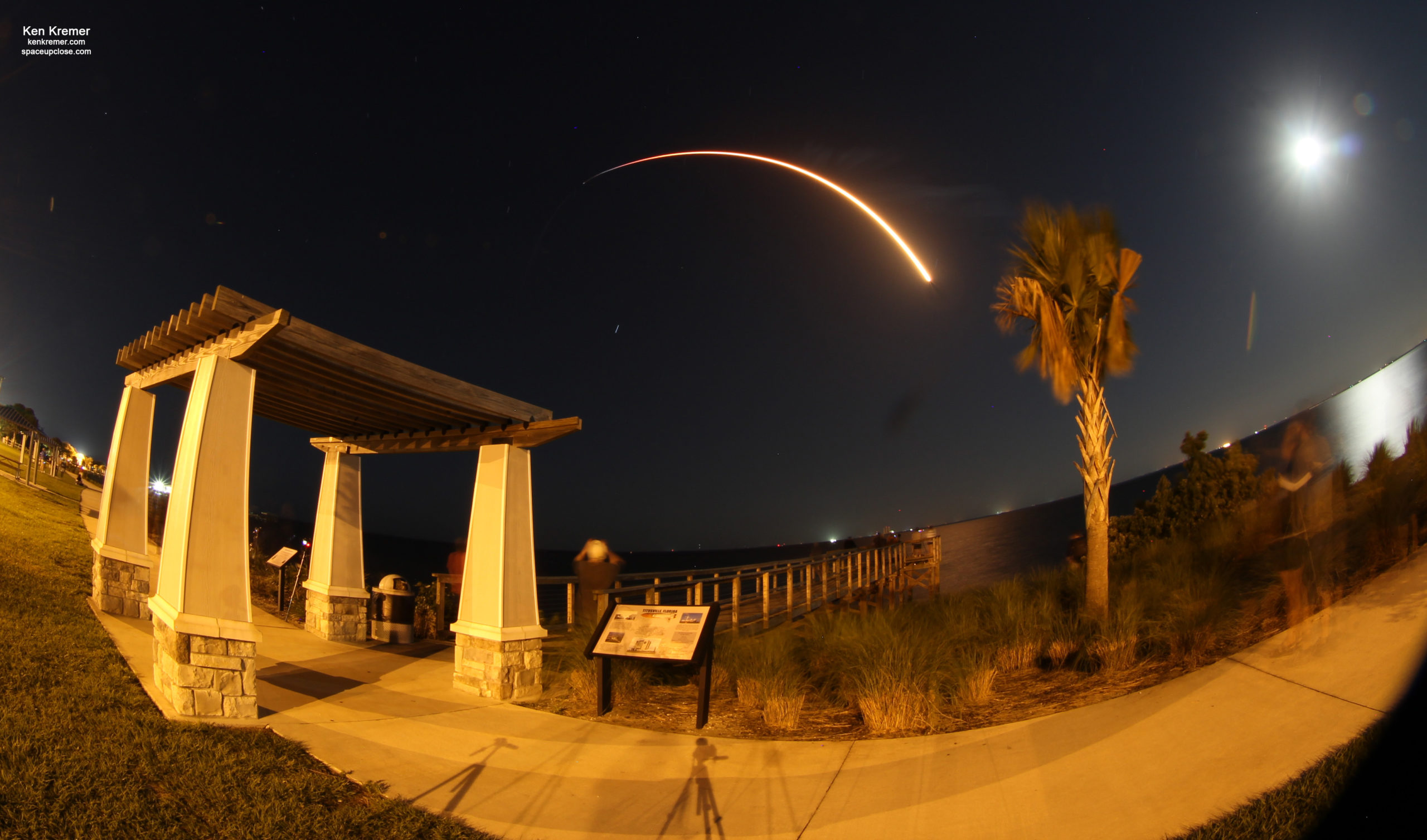
Some eight and a half minutes after liftoff the reused 15 story tall first stage stuck the landing upright on the “Just Read the Instructions” (JRTI) droneship.
JRTI was prepositioned in the Atlantic Ocean off the coast of the Carolina’s some 400 miles (640 km) northeast of the launch site.
Wednesday’s liftoff used the flight-proven 1st stage booster B1060.7 which has now flown to space and back 7 times and sets up the prospect for a 8th flight in the not too distant future.
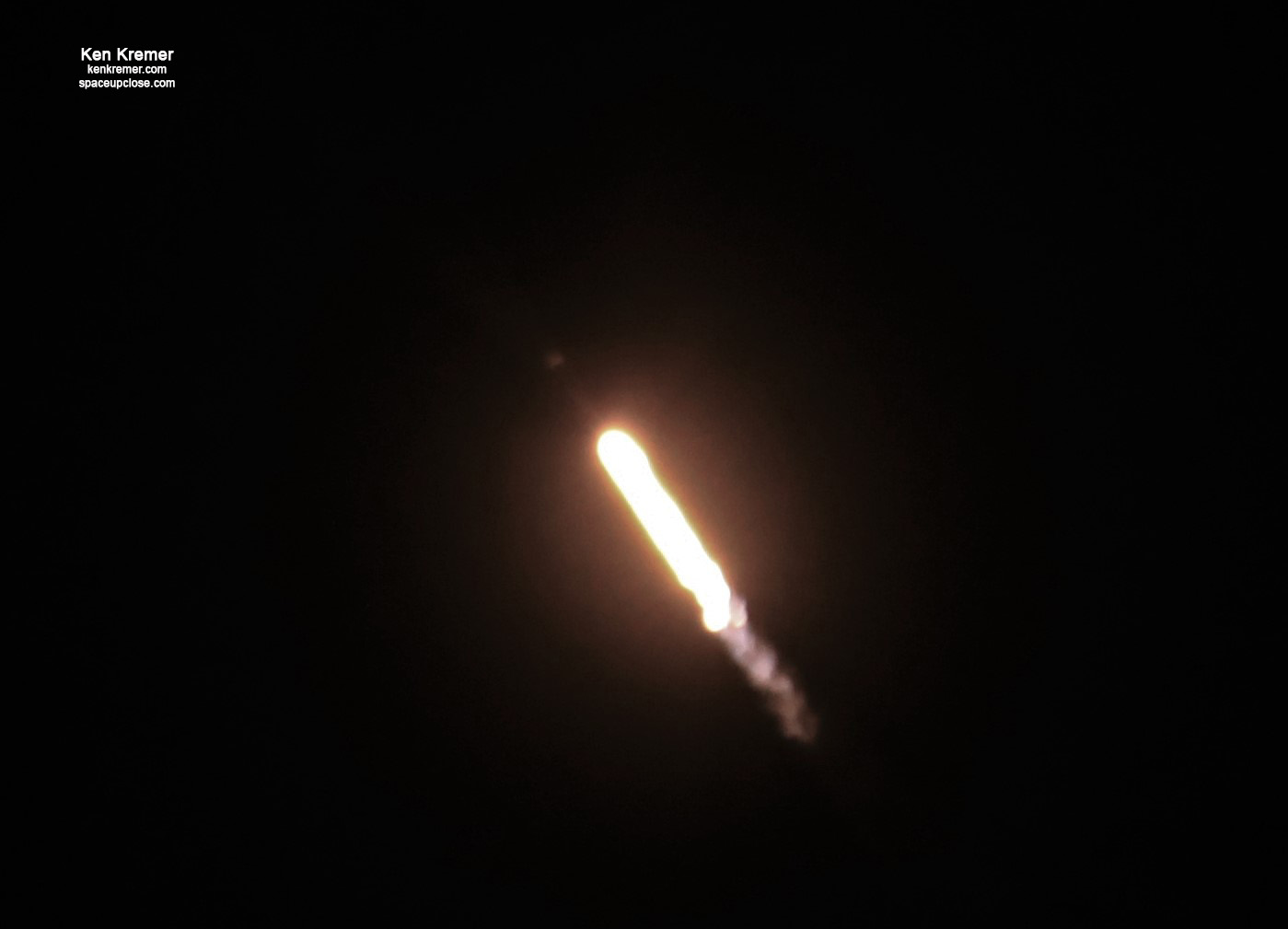
The 229-foot-tall (70-meter) Falcon 9 flew into virtually clear dark skies with barely a wisp of clouds and successfully lofted the twenty fifth Starlink internet satellite mission with five dozen Starlinks encapsulated inside the recycled nose cone to low Earth orbit (LEO) from Florida’s Spaceport.
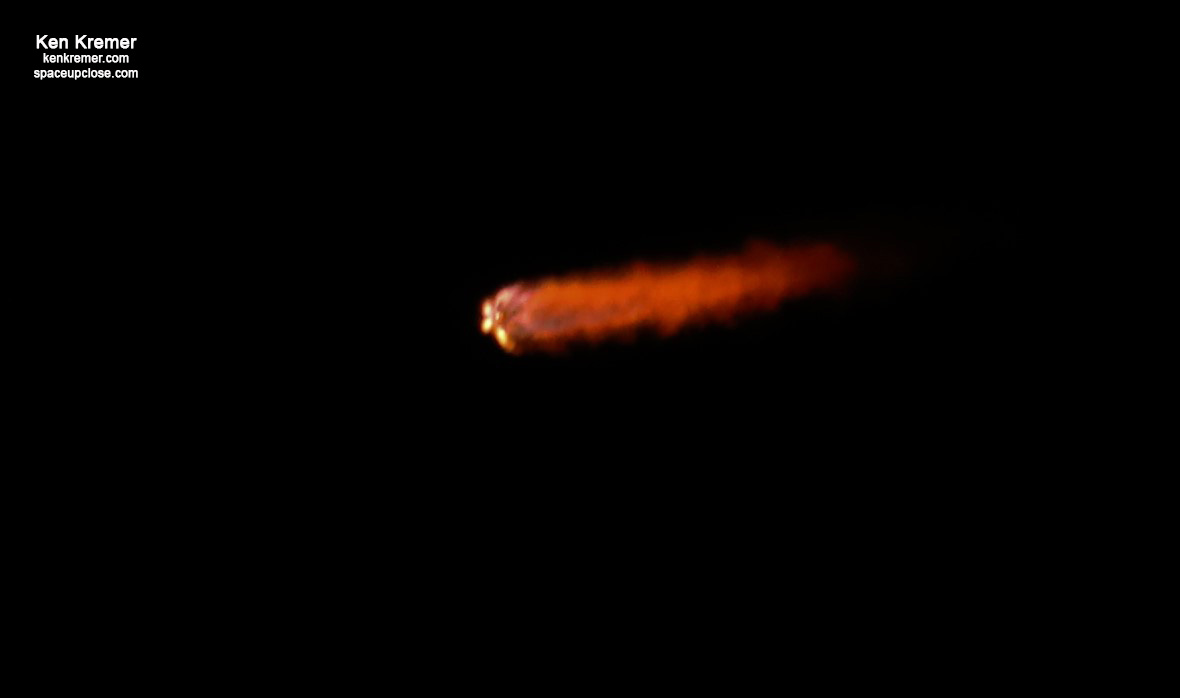
All 9 Merlin 1D first stage engines ignited to generate approx. 1.7 million pounds of liftoff thrust fueled with liquid oxygen and RP-1 propellants that began propellant loading at T Minus 35 minutes.
The two-stage Falcon 9 rocket launched on a northeasterly trajectory from Cape Canaveral targeted to deliver the 60 Starlinks to an initial transfer orbit of about 180 miles (288 kilometers).
Their orbits will be raised over coming weeks to join the rest of the constellation orbiting at about 341 miles (550 kilometers) above Earth.
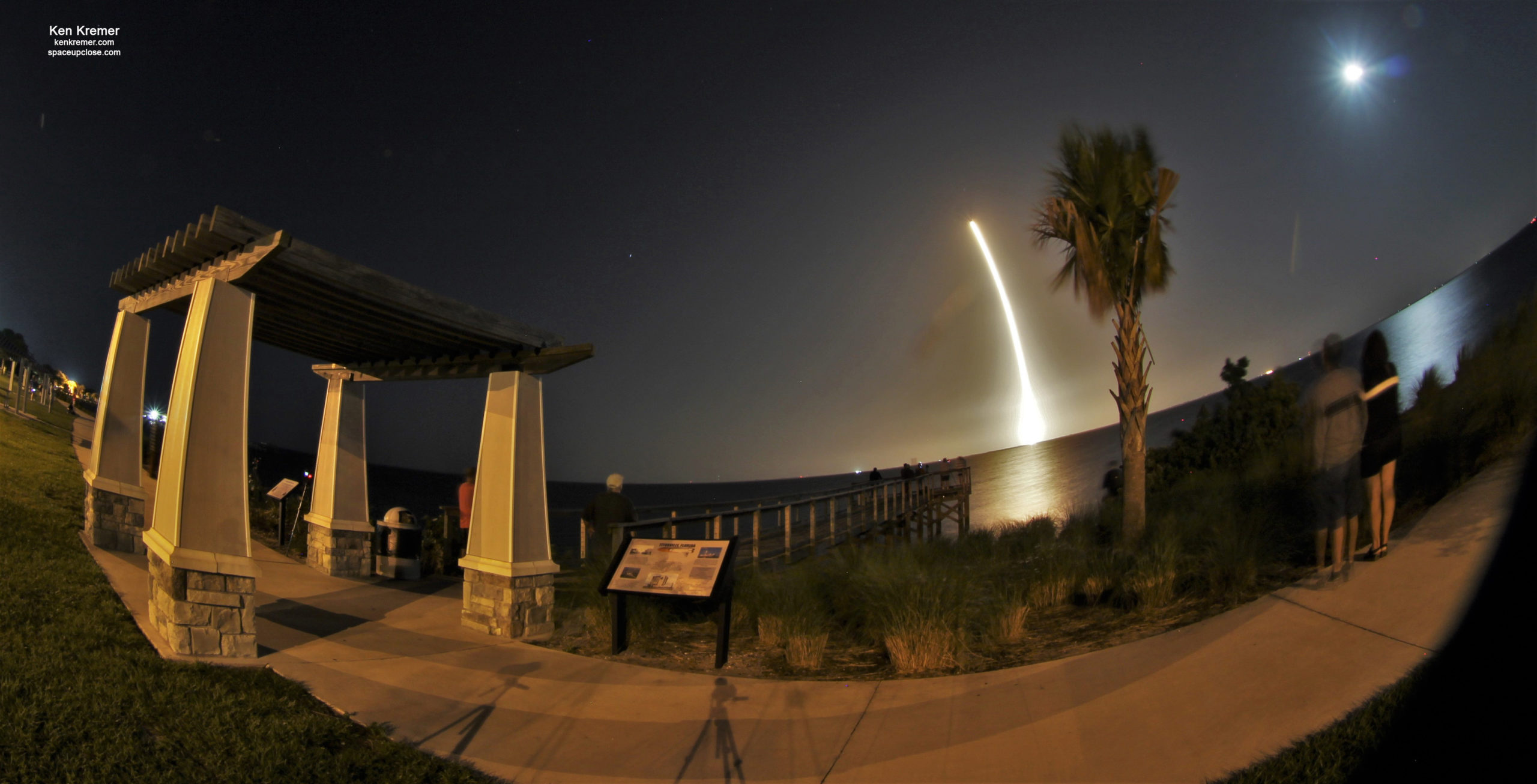
This 25th Starlink mission is officially designated as V 1 L24.
Enjoy our eyewitness launch photos at Space UpClose from the team of Ken Kremer and Jean Wright.
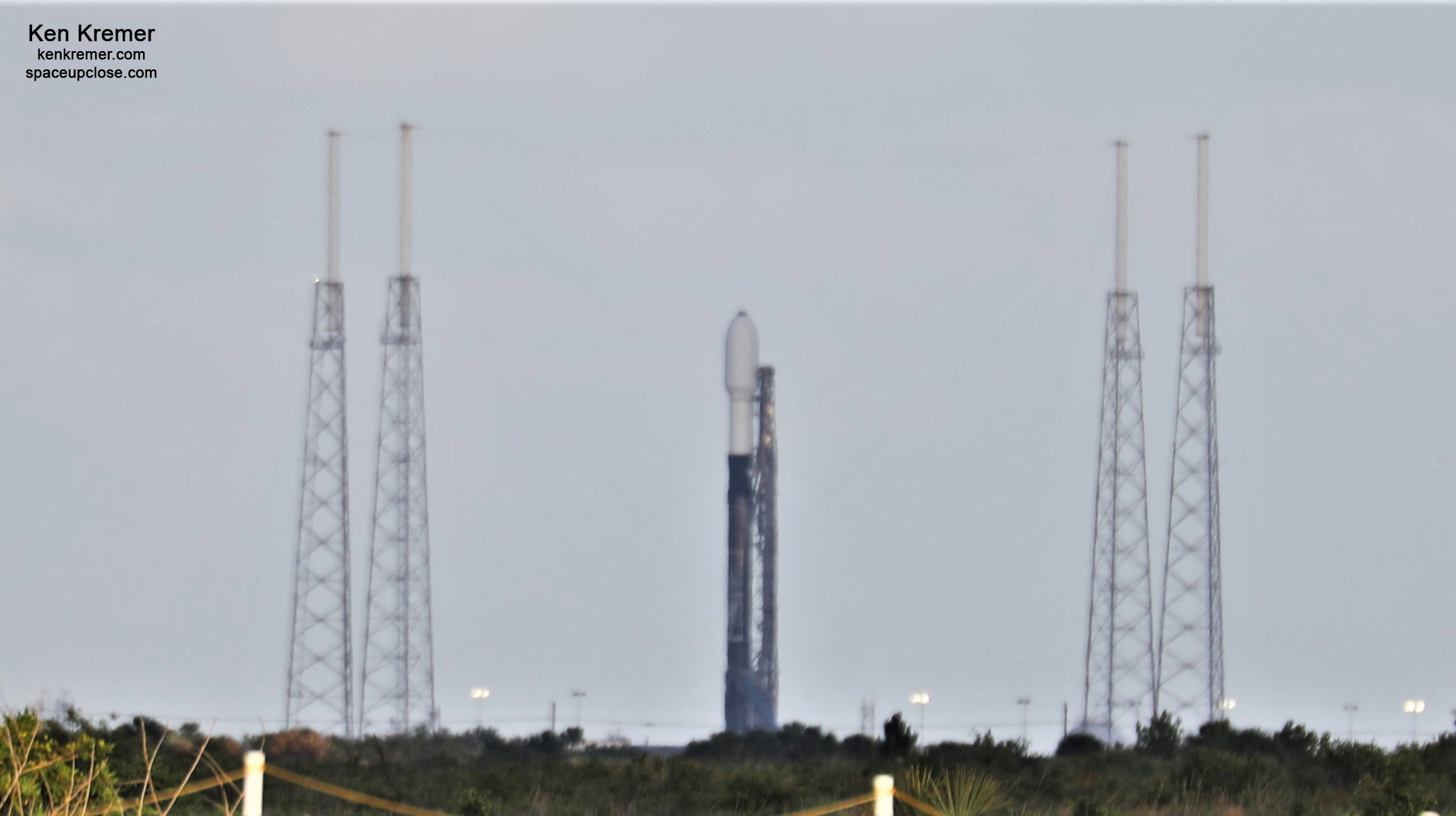
The Falcon 9 first stage booster supporting this mission previously supported launch of GPS III Space Vehicle 03, Turksat 5A, and four Starlink missions.
Following stage separation, SpaceX successfully landed Falcon 9’s first stage on the Just Read the Instructions” (JRTI), which was located in the Atlantic Ocean.
Watch this droneship landing video tweeted by SpaceX:
Falcon 9’s first stage has landed on the Just Read the Instructions droneship, completing this booster’s seventh launch and landing pic.twitter.com/uir08tQmMU
— SpaceX (@SpaceX) April 29, 2021
SpaceX is also attempting to recover the payload fairing halves with the new fairing recovery vessel Shelia Bordelon which was deployed to attempt to hoist the fairings out from the ocean post splashdown instead of catching them mid-air
The recovered 1st stage booster B1060 on JRTI will return to Port Canaveral in a few days – as well as the fairings if they were recovered.
The twin fairing catcher ships are no longer being deployed and their fate is unknown.
The riggings and communication gear have been dismantled from GO MS CHIEF and GO MS TREE at Port Canaveral
The 60 Starlink were deployed as planned all at once about 1 hour and 4 minutes after liftoff.
Watch this Starlink deployment video tweeted by SpaceX:
Deployment of 60 Starlink satellites confirmed pic.twitter.com/xiqbY1Bviw
— SpaceX (@SpaceX) April 29, 2021
Overall the mass of the 60 Starlinks is some 34,400 pounds (15.6 metric tons).
Overall B1060.7 marked the 80th Falcon 9 1st stage landing by sea or land since 2015.
This SpaceX graphic shows the launch and landing sequence of events:
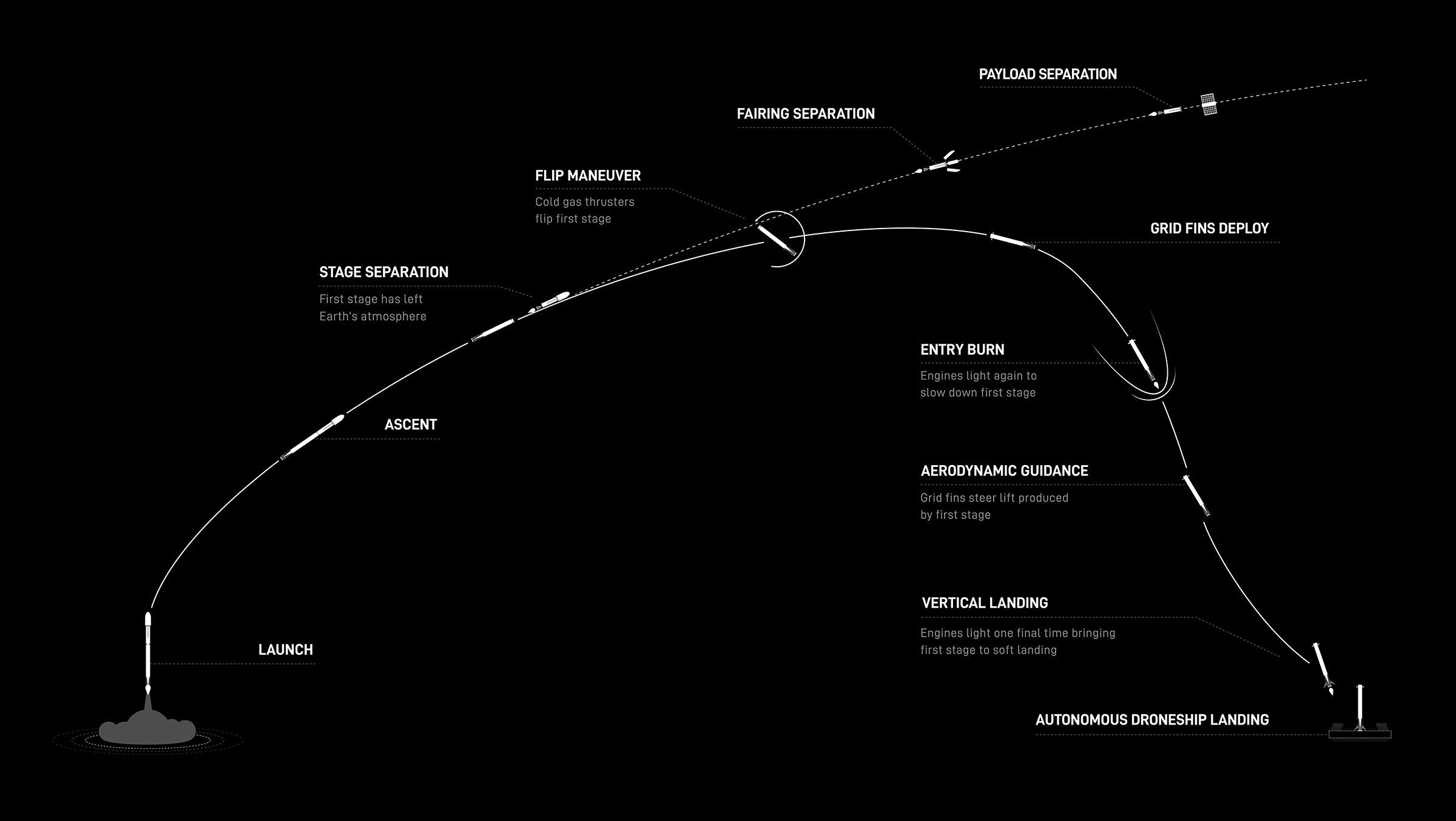
The Starlinks will now raise their orbits via the krypton ion thrusters to an altitude of 341 miles (550 kilometers).
Following this latest 25th batch that brings the total number of Starlink satellites launched to 1,505 internet satellites. That includes earlier prototypes mostly from the first launch as well as the 10 Starlink sats launched to polar orbit on the last Falcon 9 launch on Transporter-1 mission on Jan. 24. Check out our story and photos
The actual number of Starlink satellites is estimated to be at least 60 less due to some earlier versions being intentionally deorbited due to malfunctions or other reasons
Astronomer Jonathan McDowell keeps a running tally of Starlink at this page
https://planet4589.org/space/stats/megacon/starbad.html
The 500 pound flat panel Starlink satellites are being mass produced and manufactured by SpaceX in Redmond, Washington.
The new mission thus fortifies the Starlink constellation of relay satellites that one day upcoming will offer a competitive alternative to existing broadband services across North America – including the US and Canada
Initial Starlink service is priced at $99 a month.
The Starlink Starter kit sells for $499 upfront cost to order.
This was the 2nd Starlink liftoff in April following the daytime liftoff on April 7, 2021 of the 24th mission L23
Another Starlink mission will launch next week in May
To date SpaceX has launched twelve Falcon 9 rockets in 2021.
Recycling the 1st stage boosters many times has enabled SpaceX to maintain a rapid launch cadence of nearly 3 launches per month last year and even more planned this year.
Watch this SpaceX tweeted liftoff video:
Liftoff! pic.twitter.com/D5qDAH37gV
— SpaceX (@SpaceX) April 29, 2021
The last SpaceX launch was on April 22 on the Crew-2 mission of 4 astronauts for NASA
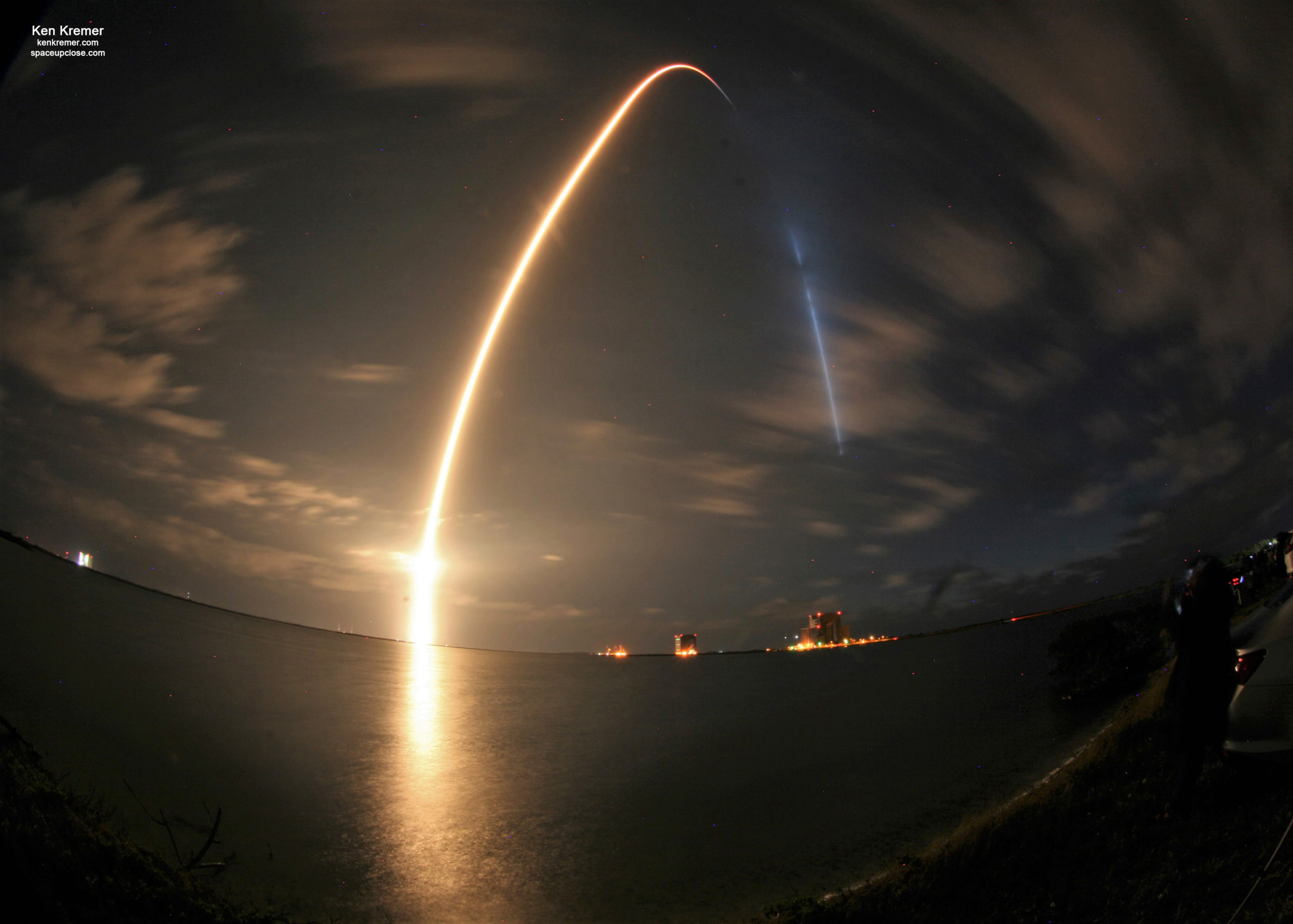
Watch Ken’s continuing reports about Starlink, Mars 2020 Perseverance and Curiosity rovers, Artemis and NASA missions, SpaceX, Commercial Crew Starliner and Crew Dragon and onsite for live reporting of upcoming and recent SpaceX and ULA launches including Crew 1 & 2, Demo-2, ISS, X-37B, Solar Orbiter, NRO spysats and national security missions and more at the Kennedy Space Center and Cape Canaveral Space Force Station.
Stay tuned here for Ken’s continuing Earth and Planetary science and human spaceflight news: www.kenkremer.com –www.spaceupclose.com – twitter @ken_kremer – email: ken at kenkremer.com
Dr. Kremer is a research scientist and journalist based in the KSC area, active in outreach and interviewed regularly on TV and radio about space topics.
………….
Ken’s photos are for sale and he is available for lectures and outreach events
Please consider supporting Ken’s work by donating at Patreon:
https://www.patreon.com/kenkremer
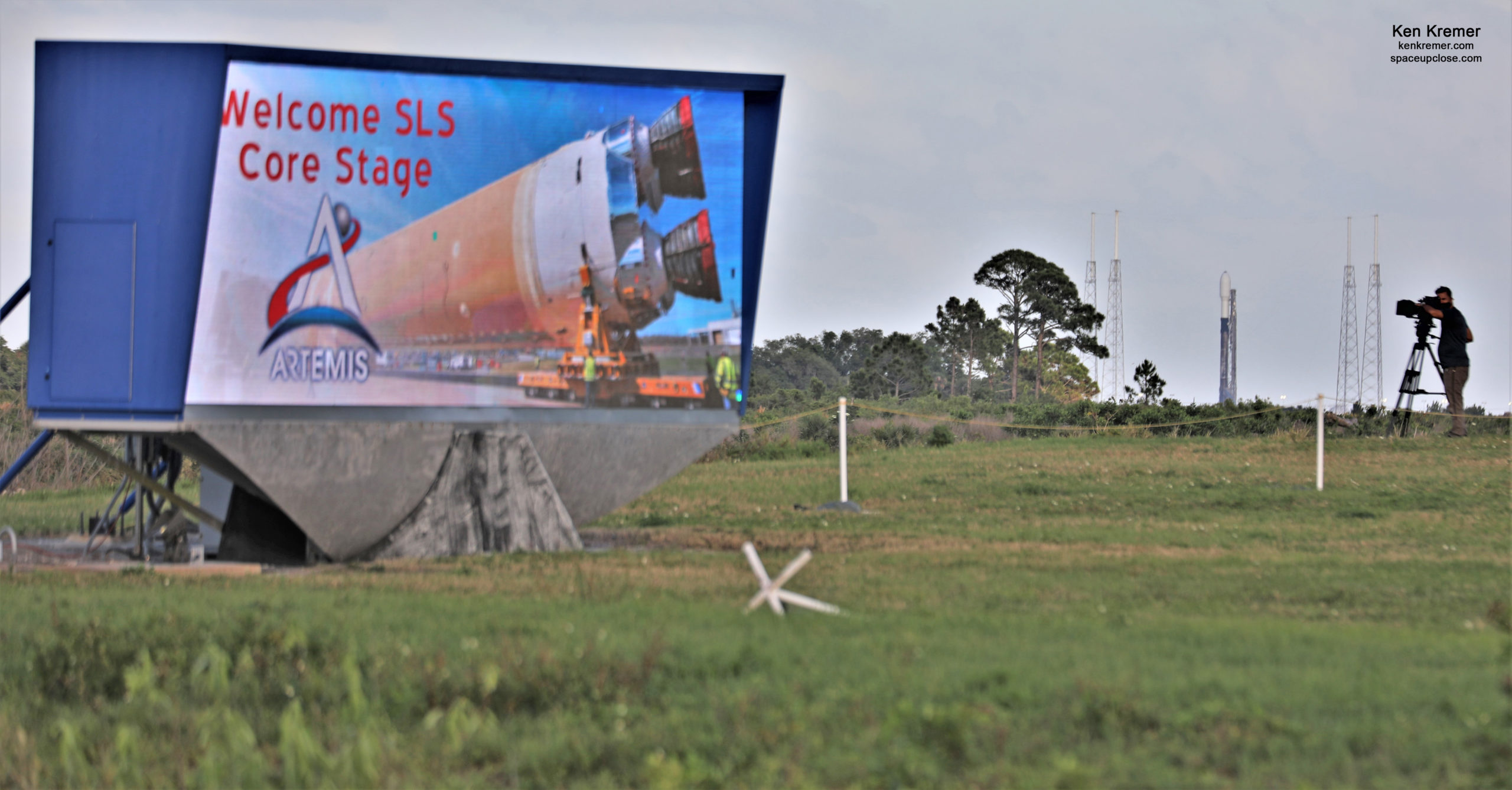
x



